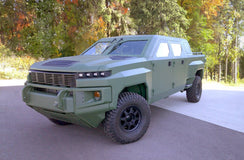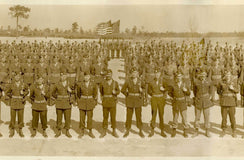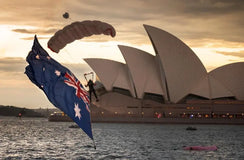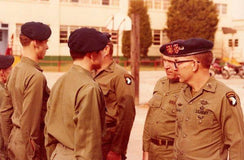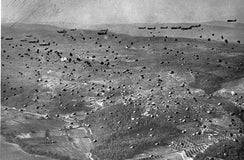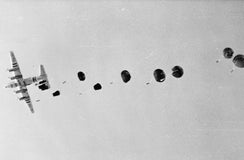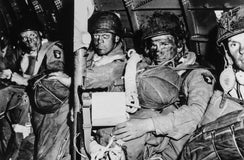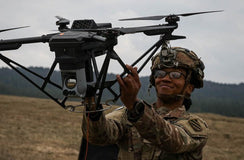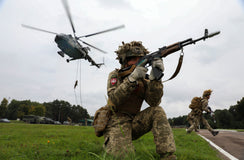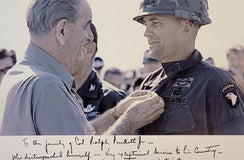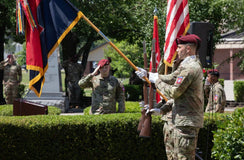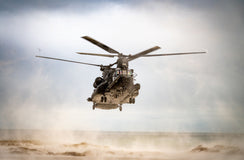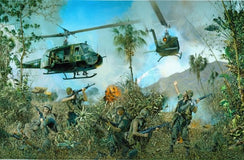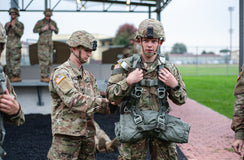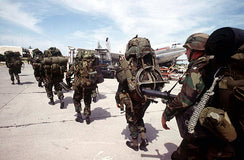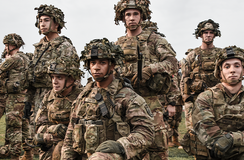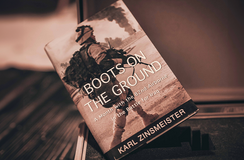Welcome Back Angels: Reactivation of the 11th Airborne Division
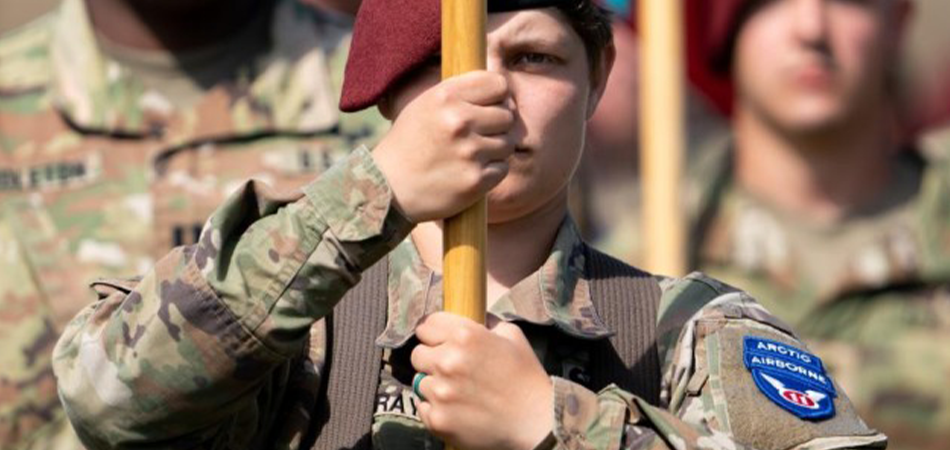
The newest unit of the US Army is all set to form on June 6 as the 11th Airborne Division, out of an assortment of soldiers in Alaska to dominate and direct the Arctic warfare. It may be said that the strategic plan was thoroughly formulated to remain irrepressible and prepared for forthcoming conflicts in cold regions. The momentous 11th region is anticipated to pool resources with the 82nd Airborne Division and 173rd Airborne Brigade. These two will serve as the premier airborne infantry units, while the 101st Division will continue its expertise with the air assaults.
The news of the relaunch of the airborne division came on May 5 when Army Secretary Christine Wormuth and Army Chief of Staff General James Mc Conville put forward plans for bringing back the unit with a sprawling history stretched towards World War II and the Vietnamese era.
‘It is long overdue, 'Major General Brian Eifler stated, ‘This is a compilation of years of effort to get us to a purposeful and serviceable organization.’
At present, two pivotal army formations are functional in Alaska. The 1st Stryker Brigade Combat Team, 25th Infantry Division, and the 4th Infantry Brigade Combat Team (Airborne). The restructure has been announced as the 1-11 Airborne and 2-11 Airborne respectively. There are also reports of the complete absorption of the US Army Alaska within the army division that was last activated sixty years ago.
The 11th Airborne Division is also referred to as the ‘Angels’ by the Chief of Staff of the Army and has garnered a flurry of media attention and social media tumult. While senior leaders and soldiers within the army are welcome and open to change, the question that ensues is: ‘why the 11th Airborne Division’?
The matter is closely linked with identity, comments the Chief of Staff of the Army.
According to General James C. Mc Conville, ‘The 11th Airborne Division holds substantial history and heritage that means a lot to the US soldiers’. He also shed light upon the Army’s uniquely progressing approach towards the Arctic and a strategy that is ‘very different.
What seems from the statements of the army is that the principal motivation behind the 11th Airborne Division is to ensure that the units have the competencies and proficiencies needed to operate in the cold Arctic environment. The US Army needs to have the self-confidence to remain distinct. Mc Conville further adds how the Army currently possesses suitable vehicles, suitable equipment, and suitable clothing to operate and elucidate their strengths in the coldest climate. All these factors amalgamate to provide a sense of identity.
Major General Brian Eifler, USARAK Commander, stated how the 11th Airborne division is not just like any other division. They are looking out to have an airborne brigade, as well as an air assault brigade. Eifler has been confirmed to lead the 11th Airborne Division who focuses keenly on the subject of uniqueness and distinction that the division would follow. He said how living, training, and functioning within extreme fluctuations of winter and summer temperatures will set out an inimitable individuality and sense of uniqueness for the unit.
The Army operations within Alaska will be heavily characterized by the extremes of solar radiation, scorching 90 degrees during the summer season and about minus 65 degrees during the winter. From having up to three months of the sun not rising above the horizon to more than twenty-four hours of sunshine, the environment certainly shapes the due course for the mission of the forces.
At present, the two army brigades flaunt the 25th Infantry Division’s patch, which is rather contrary to the Arctic mission and demonstrates Alaska’s emphasis and effort on jungle warfare. Owing to the undeniable influence of the environmental fluctuations on the army mission, Eifler reiterates the growing necessity of the ‘Arctic Warriors’ to gradually fashion out an identity of their own. The USARAK does not have a distinguishing unit patch right now. The primary brigades of the USARAK wear the eminent ‘Tropic Lightning’ patch linked to the 25th Infantry Division, and the other subsidiary units carry a mélange of shoulder sleeve emblems.
The newly designed patch for the 11th Airborne Division comprises a red, winged disc with the white numeral 11 on a blue-colored shield. The Arctic and the Airborne tabs will cap it. It seems that the wings reflect the airborne mission, while the shades of white, red, and blue mirror the national colors. The ‘Angels’ of the 11th Airborne Mission were gallant during the campaigns of World War II, spread across Luzon, Philippines, New Guinea, and other locations where the USARAK currently functions and conducts its training.
According to Eifler, the unification and assimilation of units under the 11th Airborne Division in Alaska depict a true spirit of innovation and signify the geostrategic location that comes with the exclusive mission. It is likely to imbibe spirits of nationality, identity, and a sense of belonging that tends to effortlessly connect the past and present, and head hopefully towards the future.
Performing as a unified division, the 11th Airborne Division is favorably expected to open up more convenient access to the Pentagonal resources and augmented attention for the soldiers. The apparent Arctic strategy is expected to put the Alaskan units in the spotlight, particularly focusing on the transformation of the force from conventional warfare, and pressing on the dire need to have a unit out-and-out to fighting in the glacial, frosty regions of the Arctic where countries such as China and Russia are assiduously working towards claiming dominance.
It is expected that the 11th Airborne Division will continue the prestigious lineage of their historical wins, and would progress by upholding the sacred honor, grit, and unwavering values that have always been synonymous with the division!
